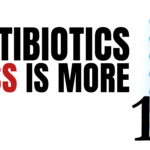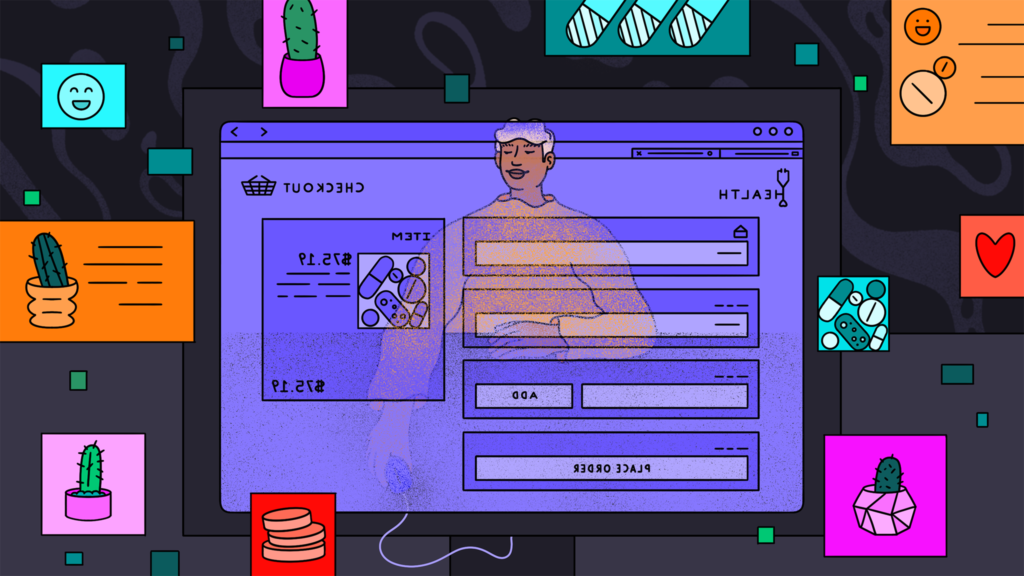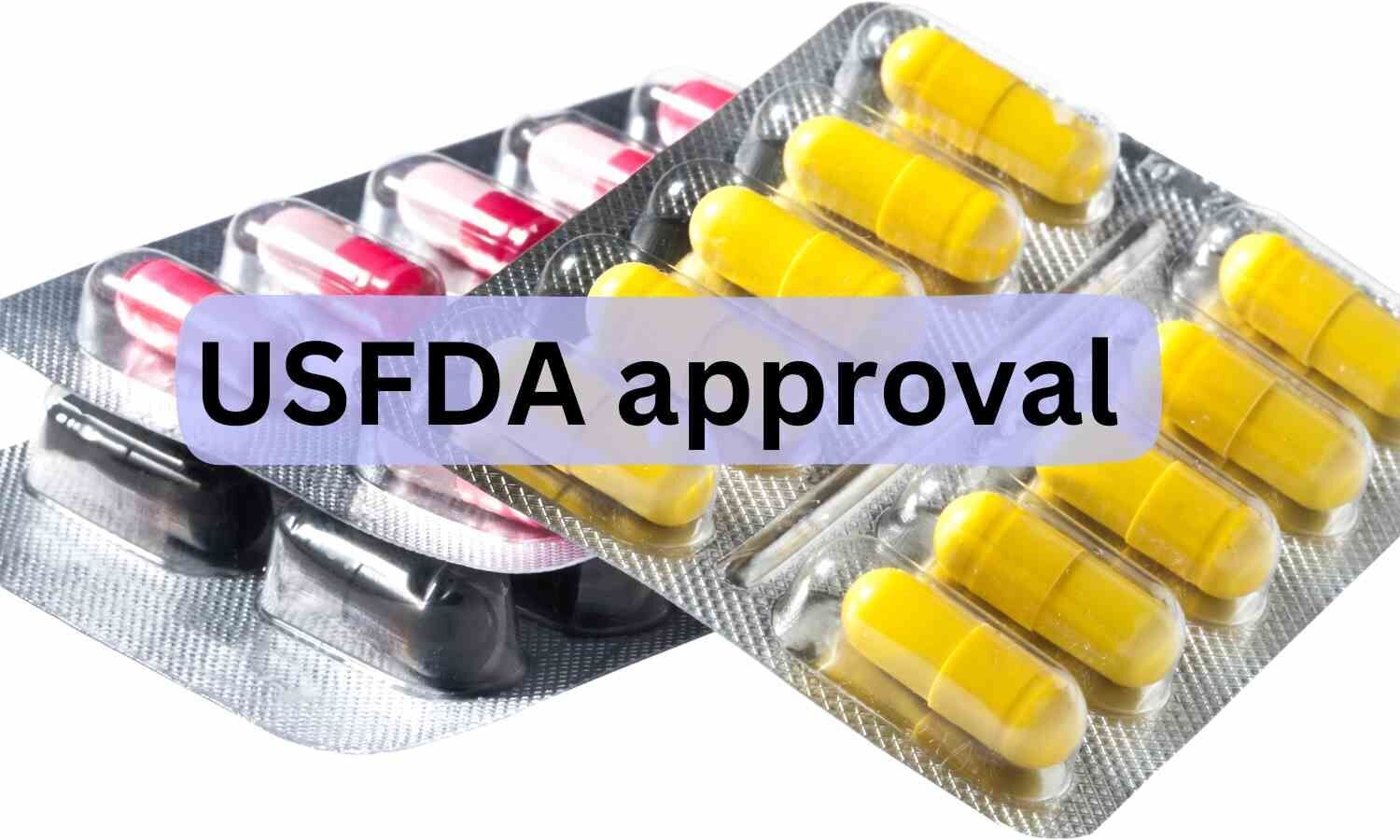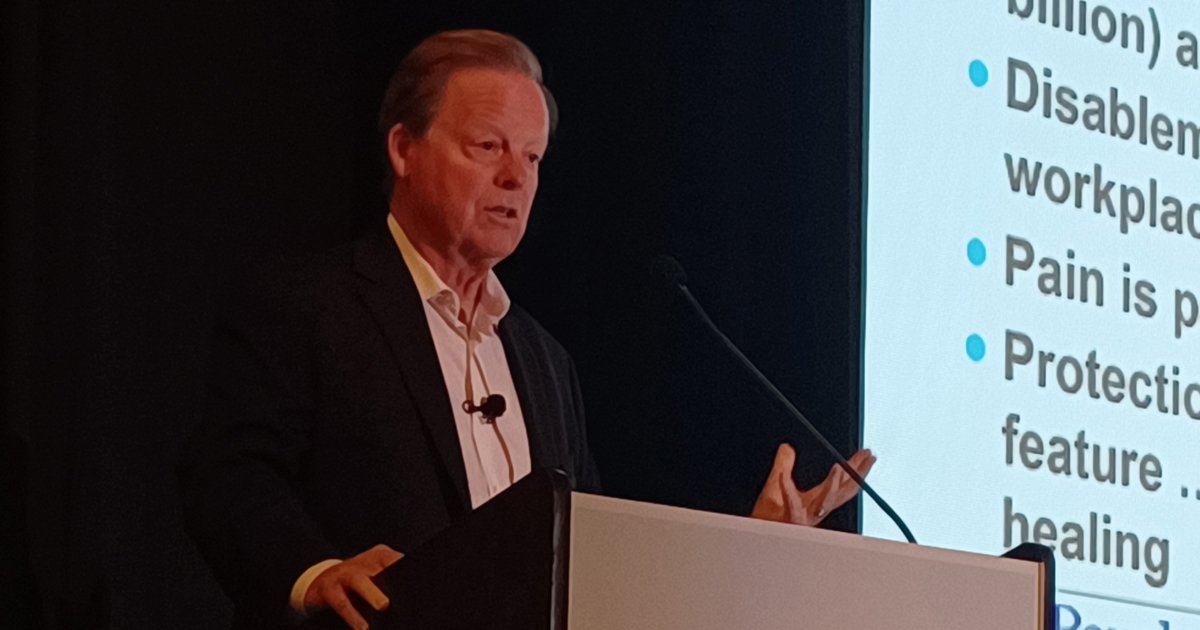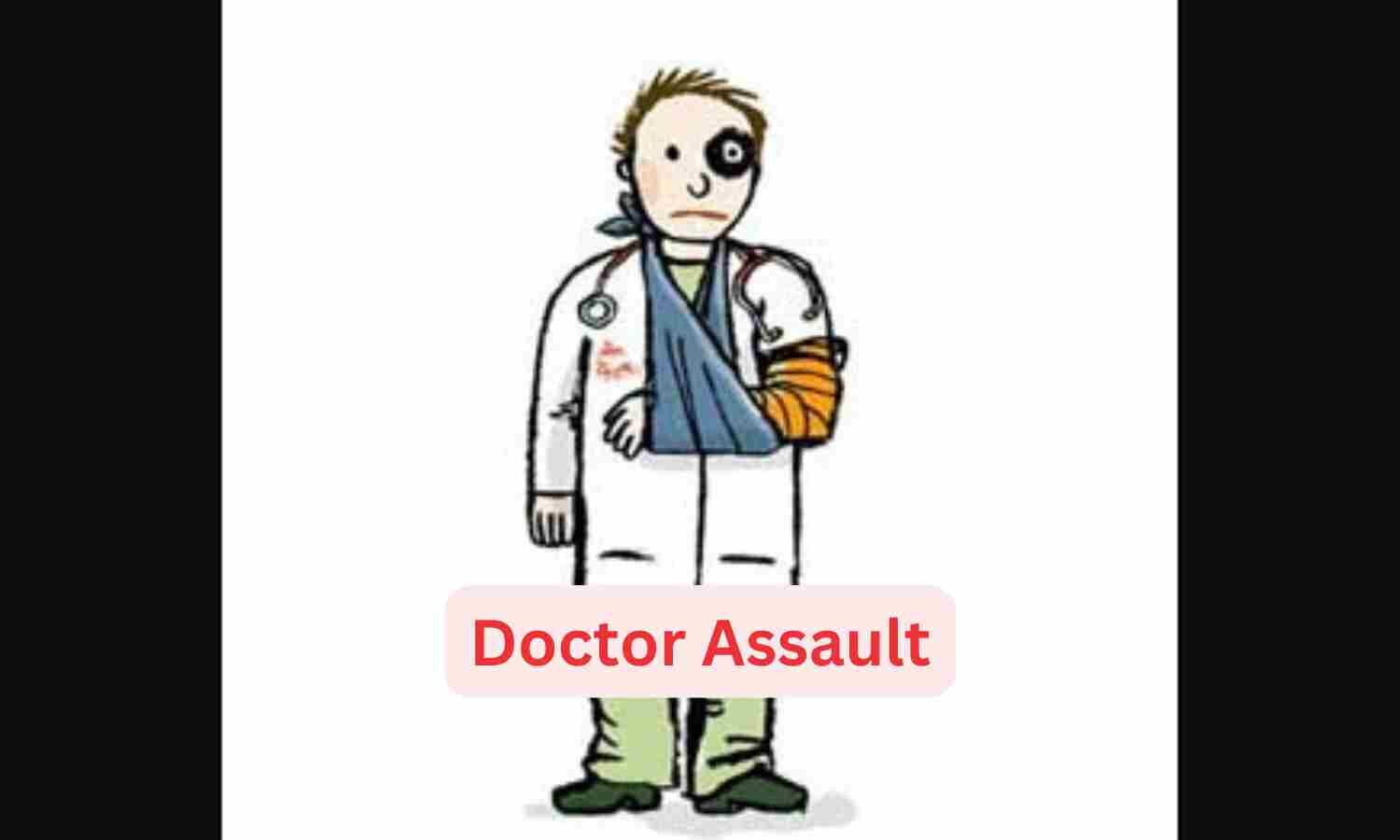The cacti started sprouting up in subway stations. On the walls of New York City’s MTA stations and street corners in San Francisco, ads for the telehealth company Hims displayed a menagerie of spiky succulents. One had a familiar bulbous tip and a slight Tower of Pisa lean. Another drooped sadly over its terracotta pot, sharing a message: “Hard, made easy.”
The cheeky ads for erectile dysfunction drugs were inescapable in city centers around 2018. “Erectile dysfunction meds prescribed online, delivered to your ‘friend’s’ door,” read a subway ad from Roman, now known as Ro — pitching patients on a new form of discreet, convenient virtual care.
When these campaigns launched, created by some of the same agencies behind direct-to-consumer brands like Warby Parker and Harry’s, virtual visits were a novelty for most patients. Since then, telehealth has become a growing part of the health care system in the United States — and an increasingly valuable marketing funnel. Telehealth began as a way to help patients access doctors, but it has rapidly transformed into a way to help companies sell drugs.


This article is exclusive to STAT+ subscribers
Unlock this article — plus in-depth analysis, newsletters, premium events, and news alerts.
Already have an account? Log in



